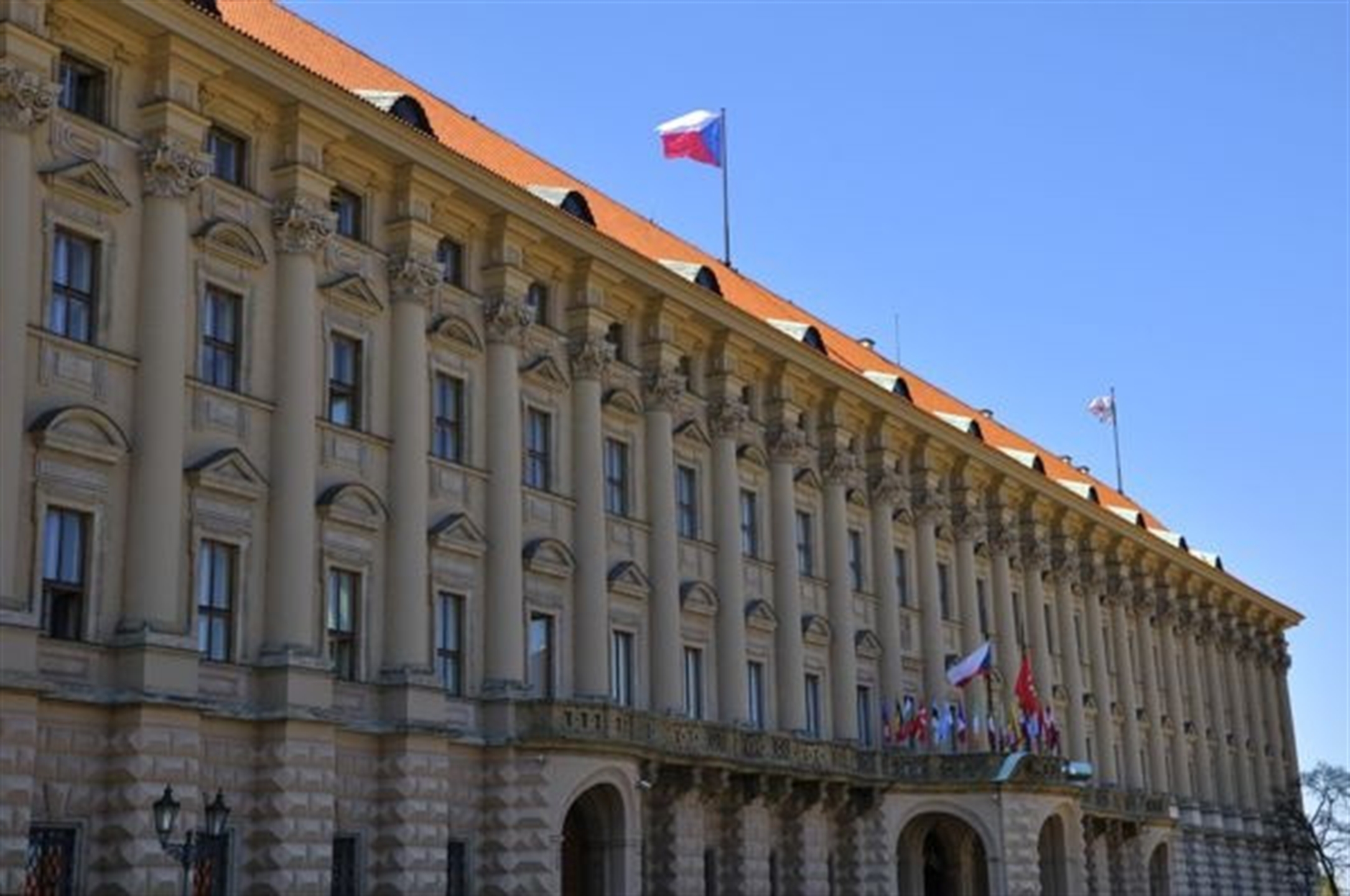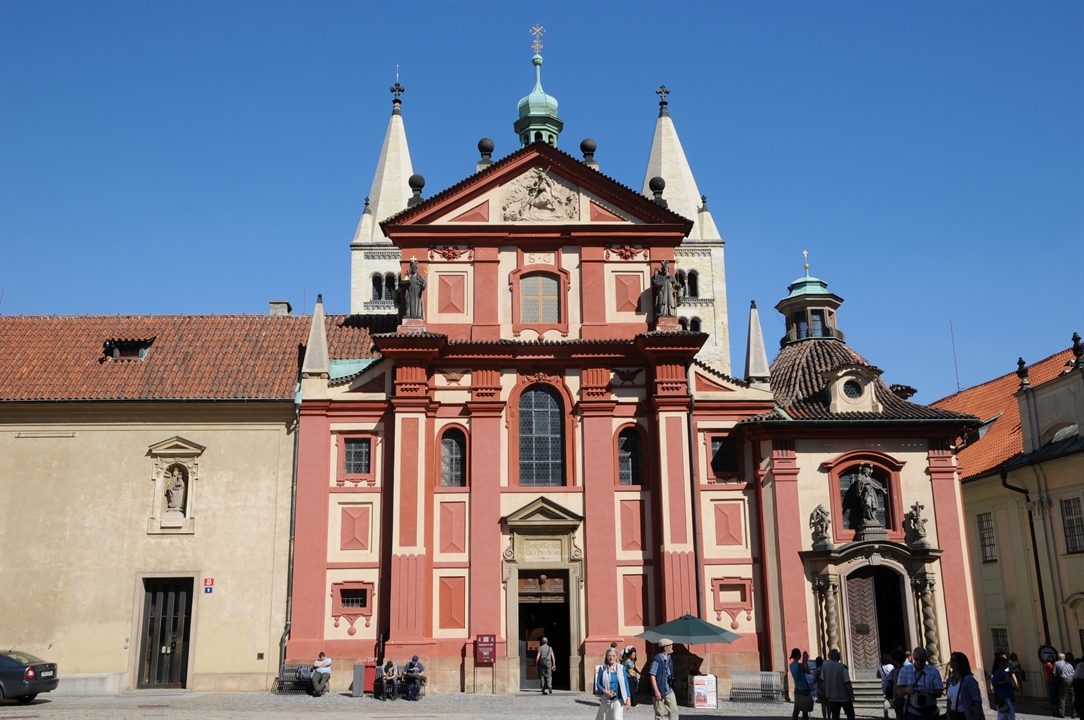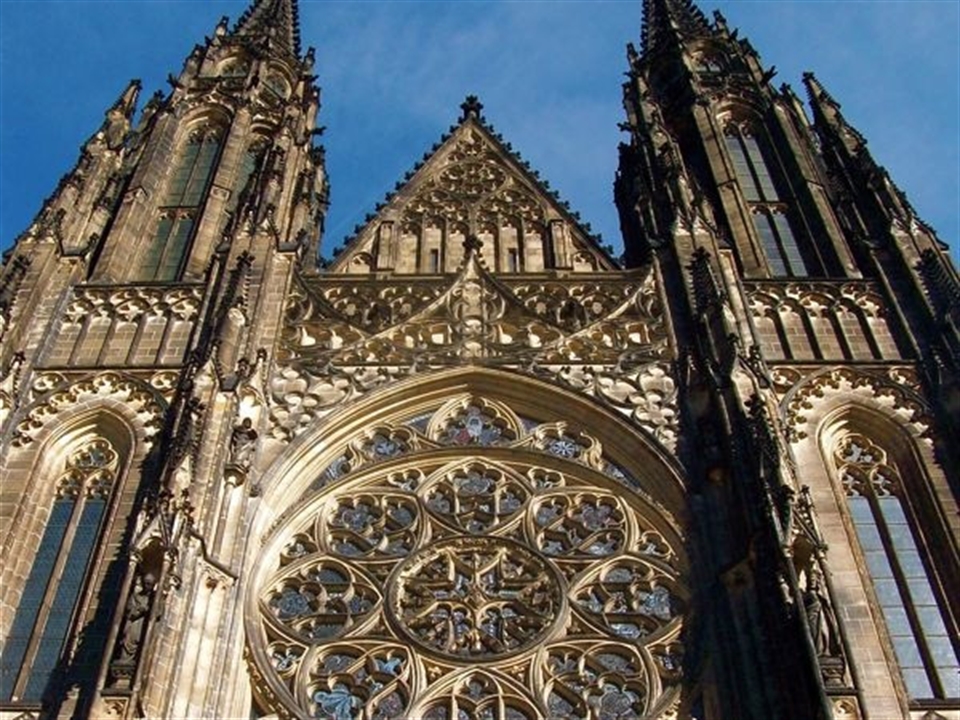Cernin Palace
The longest Baroque building in Prague, the Cernin Palace has quite an interesting political past. Built in the early Baroque style (designed by Francesco Caratti) for the Imperial Ambassador of Venice, Count Cernin, the palace was regarded as a pearl of the Baroque, complete with an impressive picture gallery with works by Renaissance masters, a decorative garden, statues in the great hall by M. B. Braun, and ceiling frescoes by V. V. Reiner. After the unexpected financial failure of the Cernin Family in the 18th century, the French and Bavarian armies occupied the palace during the Austrian Succession war. The grand palace became a fortress and a literal battleground as trenches were dug in the once lovely garden. Approximately 150 cannonballs struck the palace causing a massive amount of damage and thousands of deaths. The Cernin Palace was restored, but only to be bombarded once more by the Prussians in 1757. The palace then became a military hospital. The state purchased the rundown palace almost 100 years later, restored the palace according to the original plans of Francesco Caratti and in 1918 the massive palace became home to the Ministry of Foreign Affairs. During WWII the palace served as the SS headquarters from 1939 to 1945. The palace once again, became the Ministry of Foreign Affairs after the horrors of WWII. The political history did not stop there. A mysterious death occurred in the Cernin Palace; Jan Masaryk, son of the beloved Tomas Garrigue Masaryk, and Minister of Foreign Affairs, was found dead under his window in 1948. The true cause of his death remains unknown; did he commit suicide, fall on accident, or was Jan Masaryk, an anticommunist, murdered by the secret police? We may never know. The Cernin Palace is closed to the public as it is still the seat of the Ministry of Foreign Affairs, but the facade is interesting to see all the same.
Loretánské náměstí, Praha 1 – Hradčany.







